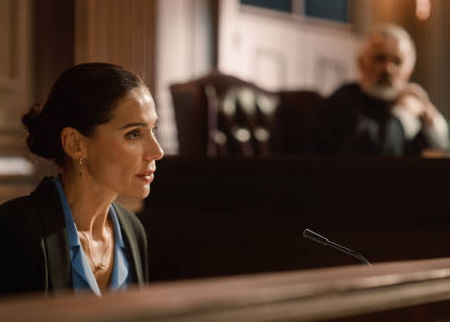Beyond Persuasion: The Power of Neutral Statement Focus Groups
- admin118466
- Apr 17
- 2 min read
At its core, a neutral statement focus group revolves around presenting a balanced and impartial summary of the case. Instead of presenting arguments or highlighting your client's perspective, participants are presented with a balanced and objective summary of the key facts and evidence from both sides of the case. The goal isn't to persuade but to gauge initial reactions, identify areas of confusion, and uncover underlying biases before introducing any persuasive messaging.
In practice, a moderator (often a trial consultant) outlines the key events, parties involved, and central disputes without advocating for any particular stance. This neutral presentation aims to establish a common ground of understanding among focus group participants. It avoids the persuasive framing common in trial arguments, instead focusing on the fundamental details of the case. For instance, in an automobile accident case, a neutral statement would describe the collision's circumstances, identify the drivers and vehicles, and summarize the negligence and injury claims.
Why is this approach so powerful?
Unfiltered Reactions: Avoiding advocacy gives you a genuine, unbiased read on how people naturally interpret the raw information. This can reveal surprising strengths or weaknesses in your case that you might not see when you're deeply immersed in your own narrative.
Identifying Key Issues: A neutral presentation can highlight the specific facts or pieces of evidence that resonate most strongly with potential jurors, regardless of which side they ultimately favor. This allows you to tailor your arguments and focus on what truly matters to the jury.
Pinpointing Confusion: Areas where participants struggle to understand the neutral presentation are red flags. This signals potential points of confusion for a real jury and allows you to proactively address these complexities in your case strategy.
Early Bias Detection: Even with a neutral presentation, pre-existing biases or assumptions can surface. Identifying these early on allows you to develop strategies to mitigate their impact during the trial.
Juror Expectations: Neutral groups can also reveal what jurors expect to see from each side—whether it's documentation, expert testimony, or certain types of behavior. Understanding these expectations lets you proactively meet or manage them in court.
The Bottom Line
Neutral statement focus groups provide a crucial foundation for an effective trial strategy. Understanding how jurors react to the bare facts can build a more persuasive and targeted case narrative, ultimately increasing your chances of a favorable outcome. It's about listening before you speak and truly understanding the landscape of juror perception.



